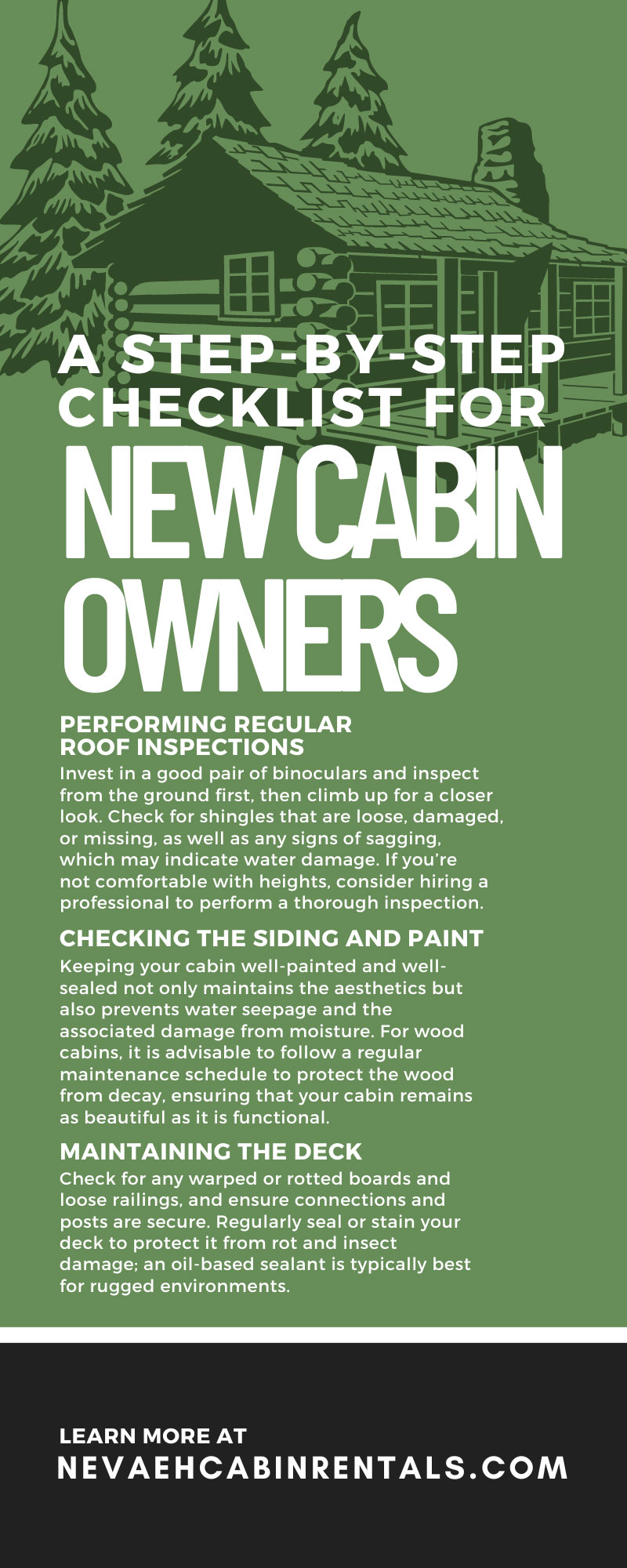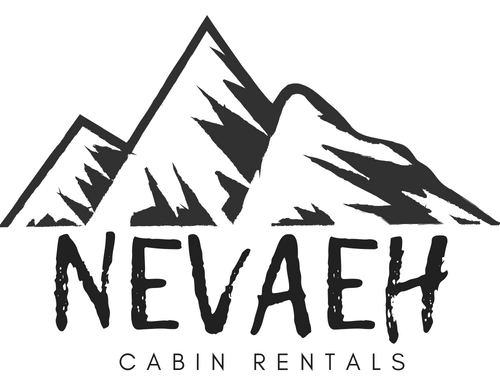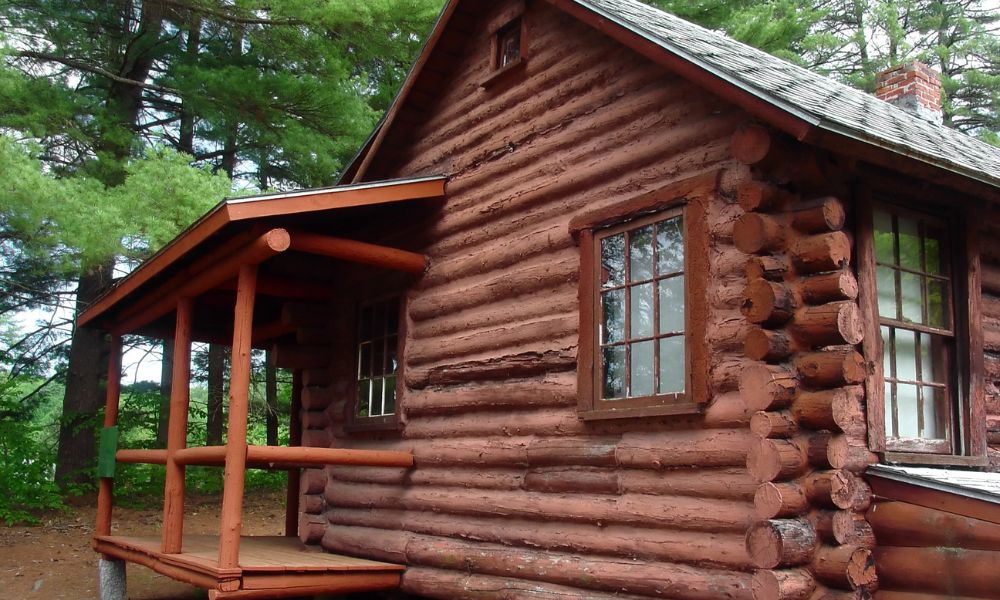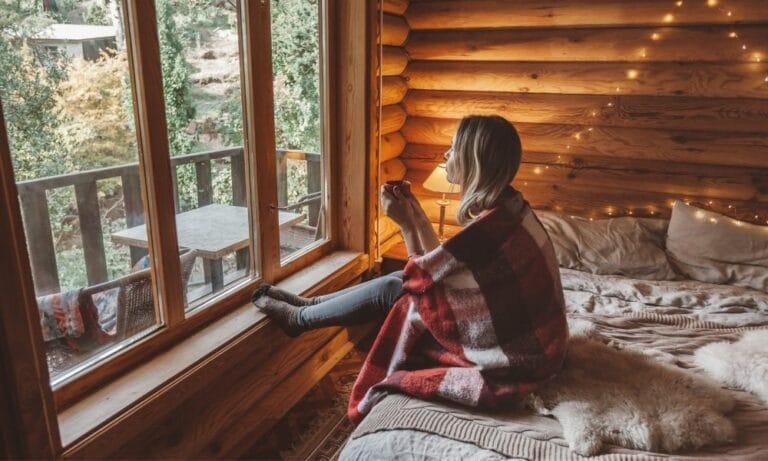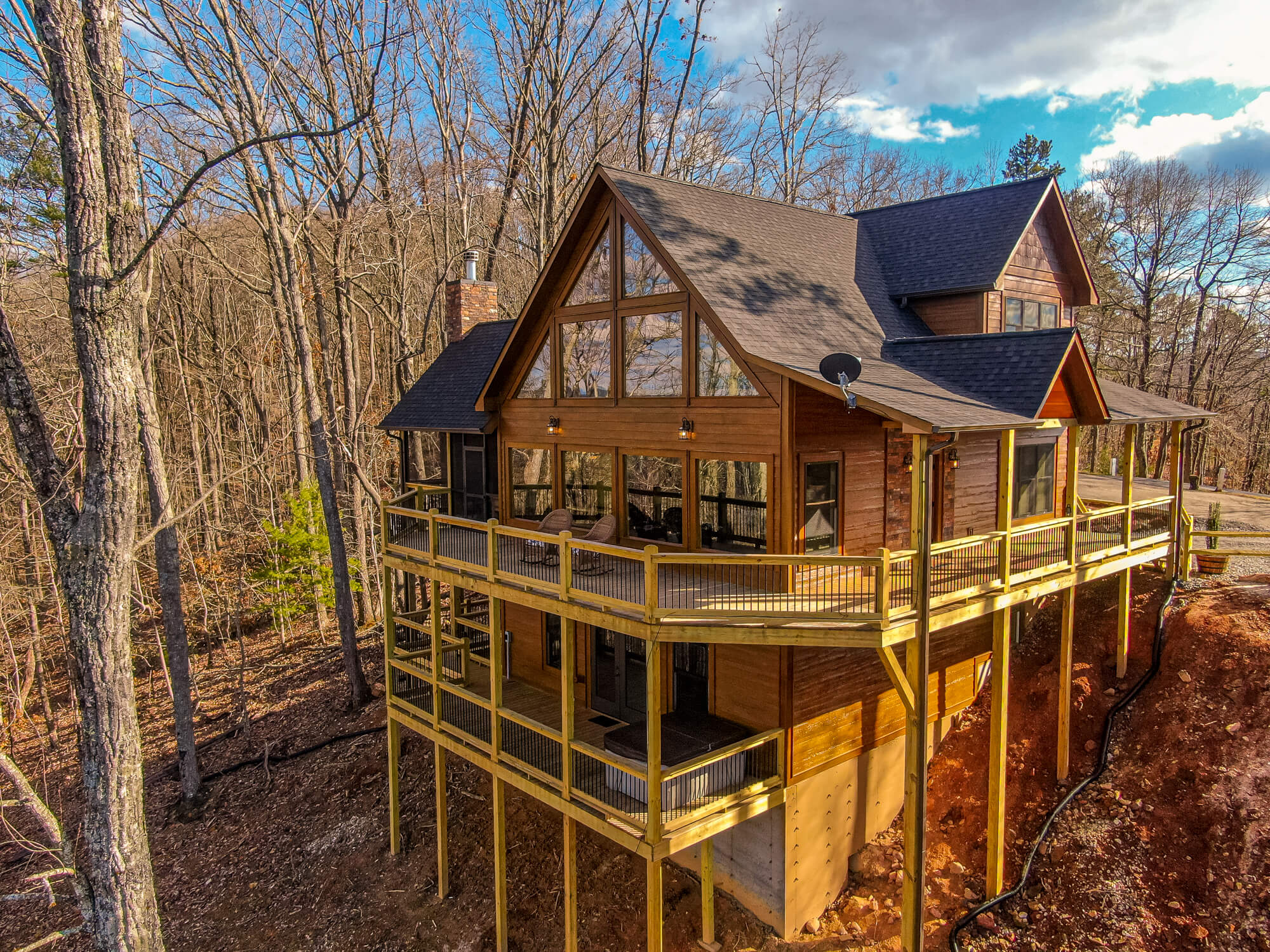For nature enthusiasts or those who seek a serene retreat outside the bustle of urban life, owning a cabin is a dream come true. The allure of a cozy haven surrounded by the tranquil beauty of the woods is indeed irresistible. But within that idyllic image, one crucial aspect of cabin living that is often forgotten is maintenance.
Whether your cabin is your full-time residence, a seasonal escape, or a rental property, maintaining it is key to ensuring your investment lasts as long as the memories you plan to make there. Review this step-by-step checklist for new cabin owners to understand the maintenance tasks that will keep your slice of wilderness at its best.
Understanding the Scope of Maintenance
Before you can enjoy your cabin, it’s essential to grasp the magnitude of upkeep involved. Unlike the routine maintenance of a traditional home, cabins are more subject to the rigor of the elements.
From harsh winters with heavy snow loads weighing on the roof to sweltering summers that test the limits of your air conditioning, every season makes a unique demand. By remaining diligent and proactive, you’re not only safeguarding against immediate damage but also preserving the integrity and value of your cabin in the long run.
Performing Regular Roof Inspections
Your cabin’s roof is its first line of defense against intense weather conditions. Regular inspections, especially after heavy storms or extreme weather, can prevent unnoticed damage from escalating into costly leaks.
Invest in a good pair of binoculars and inspect from the ground first, then climb up for a closer look. Check for shingles that are loose, damaged, or missing, as well as any signs of sagging, which may indicate water damage. If you’re not comfortable with heights, consider hiring a professional to perform a thorough inspection.
Keep in mind that roofing materials on cabins tend to be more traditional, like cedar shakes or tin, which require a different approach to maintenance compared to an asphalt shingled roof. Besides visual checks, you should also clear debris, as leaves and moss can cause significant damage if left unattended.
Checking the Siding and Paint
The integrity of your cabin’s exterior paint and siding can have a significant impact on its resistance to various weather conditions. Cracking or peeling paint and warped, rotten, or insect-infested wood siding are signs that you need to take action.
Keeping your cabin well-painted and well-sealed not only maintains the aesthetics but also prevents water seepage and the associated damage from moisture. For wood cabins, it is advisable to follow a regular maintenance schedule to protect the wood from decay, ensuring that your cabin remains as beautiful as it is functional.
Maintaining the Deck
A deck can be a focal point of your cabin, providing a space for relaxation and the enjoyment of the outdoors. However, it requires regular maintenance to stay safe and attractive.
Check for any warped or rotted boards and loose railings, and ensure connections and posts are secure. Regularly seal or stain your deck to protect it from rot and insect damage; an oil-based sealant is typically best for rugged environments.
Performing HVAC System Maintenance
A properly functioning heating, ventilation, and air conditioning (HVAC) system is crucial, especially in remote locations where cabin heating may be a matter of health and safety. Regular maintenance can extend the life of your system and ensure it’s working efficiently.
Change the filters at least every three months to keep the air clean and the system running smoothly. Additionally, have a professional service your HVAC annually to catch any potential issues early and to clean the system thoroughly.
Checking the Plumbing
From freeze-proofing your pipes in winter to ensuring that your septic system is operating efficiently, your cabin’s plumbing is another area that requires constant vigilance. Inspect all visible piping for signs of leaks or corroded connectors. It’s also a good idea to check for damp spots on walls and in cabinets, which can indicate hidden leaks.
If your cabin is not connected to municipal sewage, be sure to regularly pump your septic system and know where the shut-off valve is in case of emergencies. Routinely inspecting your septic tank for sludge levels and evidence of damage can prevent foul-smelling and expensive issues down the line. It’s also wise to keep the number of a local plumber handy for quick access.
Controlling Pests
The woods are beautiful, but they also harbor a variety of wildlife, not all of which are welcome inside your cabin. As such, any reliable step-by-step checklist for new cabin owners must include routine pest control measures.
Regularly inspect the cabin’s interior for any signs of pests, such as droppings, nesting materials, or chewed items. Seal any potential entry points, including cracks, holes, or gaps around doors and windows. Use traps and repellents for pests that can creep indoors, and consider working with a professional exterminator for long-term control.
Caring for the Lawn
A well-maintained lawn can enhance the beauty and value of your property. Mow the lawn regularly during the growing season and keep an eye out for any areas that might not be getting enough sun or water.
In wilder surroundings, such as those around cabins, consider the type of plants and landscaping that require minimal maintenance and are suited to the local environment. This can help you achieve a lawn that carefully balances a well-groomed appearance with the natural charm of your setting.
Understanding Fire Prevention and Safety
Cabin living often means enjoying the warmth and ambience of a crackling fire. However, with a working fireplace comes the responsibility for fire safety. Regularly clean your chimney to prevent dangerous creosote buildup, store firewood away from the cabin, and ensure that you have multiple working fire extinguishers placed in convenient, accessible locations.
Performing Regular Deep Cleaning
Maintaining the cleanliness of your cabin is about more than aesthetics; it’s about preserving the property and ensuring a healthy living environment. Regular deep cleaning includes dusting hard-to-reach spots, cleaning carpets and upholstery, and sanitizing areas prone to moisture and mold buildup.
Thorough cleaning measures are particularly important if your cabin is not in use for extended periods. Additionally, if you plan to rent your property, you’ll want to make sure everything remains in tip-top shape for your guests.
Investing in a cabin is investing in a unique lifestyle. Regular maintenance tasks may seem daunting at first, but with time, they’ll become a seamless part of your cabin living experience, allowing you to fully enjoy the tranquility and beauty of your surroundings.
If you’re considering renting out your cabin and looking for rental property management in Georgia, Nevaeh Cabin Rentals can help you accomplish important cleaning and maintenance tasks. We’ll curate and oversee a program that can ensure your rental’s success, so give us a call today to learn more.
